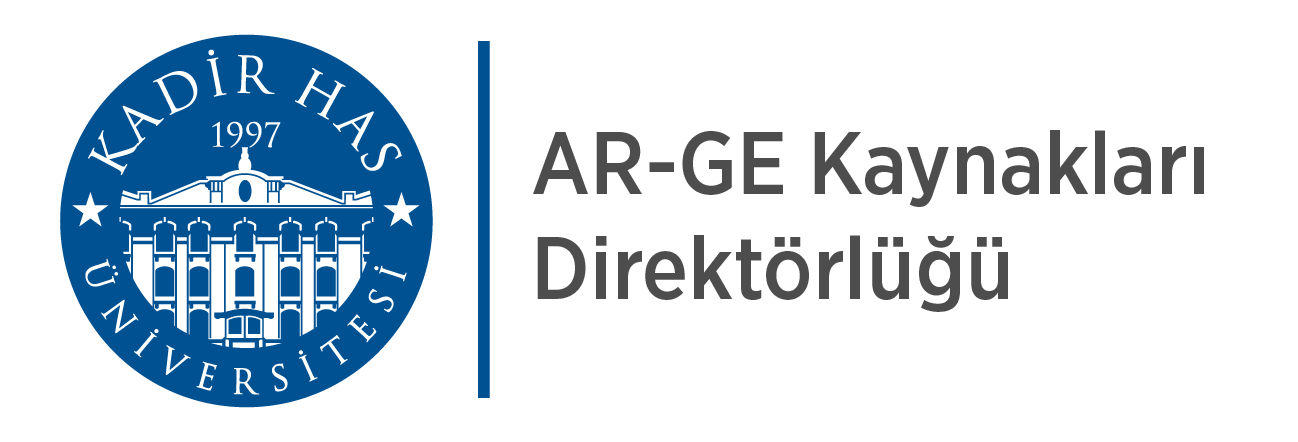Asst. Prof. Ahu Gökçe Receives Support from TÜBİTAK ARDEB 3501 Career Funding Program
26 Nisan 2021In our visual world, there are objects which differ from the environment in which they are present and which are outliers in terms of their properties. For instance, a tumor in a lung x-ray, a knife in hand luggage, and an animal suddenly running into your way while driving are all objects which are unexpected, rare, and which differ from the environment they are present in terms of compliance with the visual and semantic contexts, thus holding outlier properties. Spatial attention processes help to define these objects when they are detected and to carry out many important tasks properly.
Previous research hasn’t examined in detail how the direction of spatial attention, independent of objects’ visual properties, affects the detection of outlier objects. To examine the effects of visuospatial attention processes on the detection of such objects with outlier properties, Asst. Prof. Ahu Gökçe from KHAS Psychology Department is entitled to receive support from TÜBİTAK ARDEB 3501 Career Funding Program with her project titled “The Effects of Selective Visuospatial Attention Processes and Semantic Context on Outlier Detection and Representation Performance”.
In this project, Dr. Gökçe will collaborate with Prof. Ayşecan Boduroğlu from Boğaziçi University Psychology Department and they will examine the effect of spatial attention processes on the detection, representation, and processing of outliers through a series of experiments in which they will use both simple visuals and visual scenes related to daily life and analyze the expectations gained by spatial attention processes. A part of the project will be committed to the performance comparison of social sciences and architecture students to examine the effect of spatial bias as well as the visual and spatial thinking style.
Expected findings of the research have the potential to provide a comprehensive contribution to the representation of outliers through leveraging from the literature of visual perception, selective-spatial attention, and individual differences (having a social sciences or architecture educational background). After studying the relationship between visual attention and the processing of outlier stimulus, the obtained findings as to the thinking mechanisms are predicted to contribute to daily life activities like education, traffic, and driving behavior, to professional fields like security and medical imaging, and applied fields like the improvement of online education.

